Moving An Almond Tree – How To Transplant Almond Trees
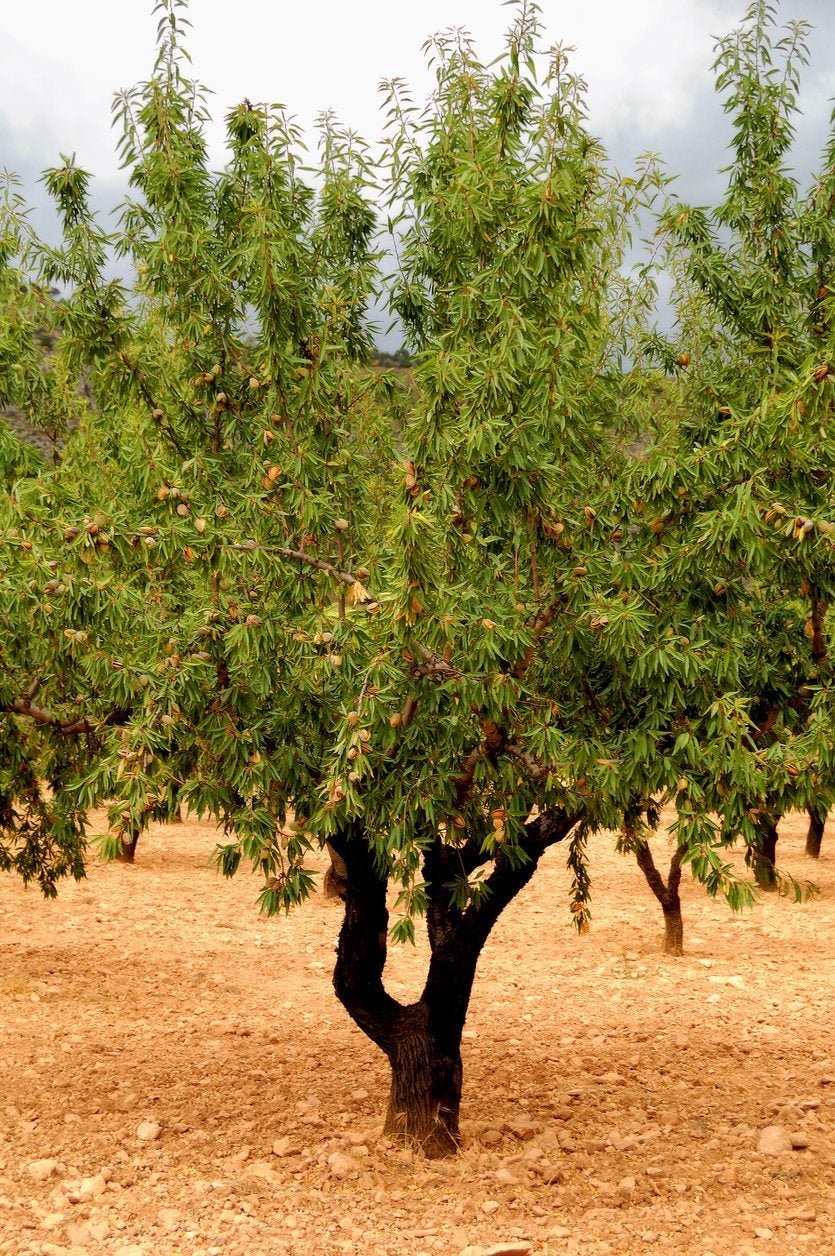
Do you have an almond tree that for one reason or other needs to be moved to another location? Then you’re probably wondering if you can transplant an almond. If so, what are some helpful almond transplant tips? Keep reading to find out how to transplant almond trees and other information on moving an almond tree.
Can You Transplant an Almond?
Almond trees are related to plums and peaches, and, in fact, the growth habit of an almond is similar to that of a peach. Almonds thrive in areas of hot summers and cool winters. Trees are usually sold when they are one to three years of age for the simple reason that they are easier to handle at that size, but sometimes transplanting a more mature almond might be in order.
Almond Transplanting Tips
Generally, transplanting mature trees isn’t recommended. This is because the larger the tree, the greater proportion of root system will be lost or damaged when dug from the ground. An imbalance between the roots and the aerial portions of the tree may mean that the leafy areas of the tree may be clamoring for water that a disturbed root area can’t handle. The tree then suffers drought stress that may even result in death. If you absolutely do have to transplant a mature almond, there are some almond transplant tips that can help alleviate any potential problems down the road. First off, never try moving an almond tree during its growing season. Only move it in the early spring when the tree is still dormant, but the ground is workable. Even so, don’t expect a transplanted almond to grow or set fruit in the year following transplanting.
How to Transplant Almond Trees
To foster a healthy balance between root and shoots, prune all of the main branches back about 20% of their length. Soak the ground around the almond deeply for a day or so prior to transplanting to make the root mass easier to dig up. Break up the soil and dig a planting hole for the tree that is at least two times wider that its root ball diameter and at least as deep. Choose a site with full sun, and moist but well-draining soil. If the soil lacks nutrients, amend it with an organic rotted compost or aged manure so that the amendment makes up no more than 50% of the prepared soil. With a sharp spade or shovel, dig a circle around the tree. Sever or cut large roots with a lopper. Once the roots are severed, dig a larger space around and under the root ball until it is accessible, and you are able to lever the root ball out of the hole. If you need to move the almond some distance to its new home, secure the root ball with burlap and twine. Ideally, this is a very temporary measure, and you will plant the tree immediately. Set the root ball in the prepared planting hole at the same level it was in its prior location. If need be, add or remove soil. Back fill the planting hole, firming the soil around the root ball to prevent air pockets. Water the soil deeply. If the soil settles, add more soil to the hole and water again. Lay a 3 inch (8 cm.) layer of mulch around the tree, leaving a few inches (8 cm.) between the trunk and the placement of the mulch to conserve water, retard weeds, and regulate soil temps. Continue to water the tree consistently. Lastly, transplanted trees may be unstable and should be staked or supported to give the roots a chance to establish themselves firmly which can take more than a year.
Gardening tips, videos, info and more delivered right to your inbox!
Sign up for the Gardening Know How newsletter today and receive a free copy of our e-book "How to Grow Delicious Tomatoes".

Amy Grant has been gardening for 30 years and writing for 15. A professional chef and caterer, Amy's area of expertise is culinary gardening.
-
 Try The Trend – Turn Any Bed Into A Keyhole Garden With This Clever In-Ground Composter
Try The Trend – Turn Any Bed Into A Keyhole Garden With This Clever In-Ground ComposterKeyhole gardening is an efficient and sustainable practice that saves space. Get started on this DIY project quickly and easily with an in-ground composter.
By Bonnie L. Grant
-
 4 Superfast Composting Methods: Turn Waste Into Garden Gold In 30 Days Or Less
4 Superfast Composting Methods: Turn Waste Into Garden Gold In 30 Days Or LessTry the fastest composting methods to turbocharge your pile and transform kitchen scraps and garden waste into finished compost in just a few weeks.
By Mary Ellen Ellis
-
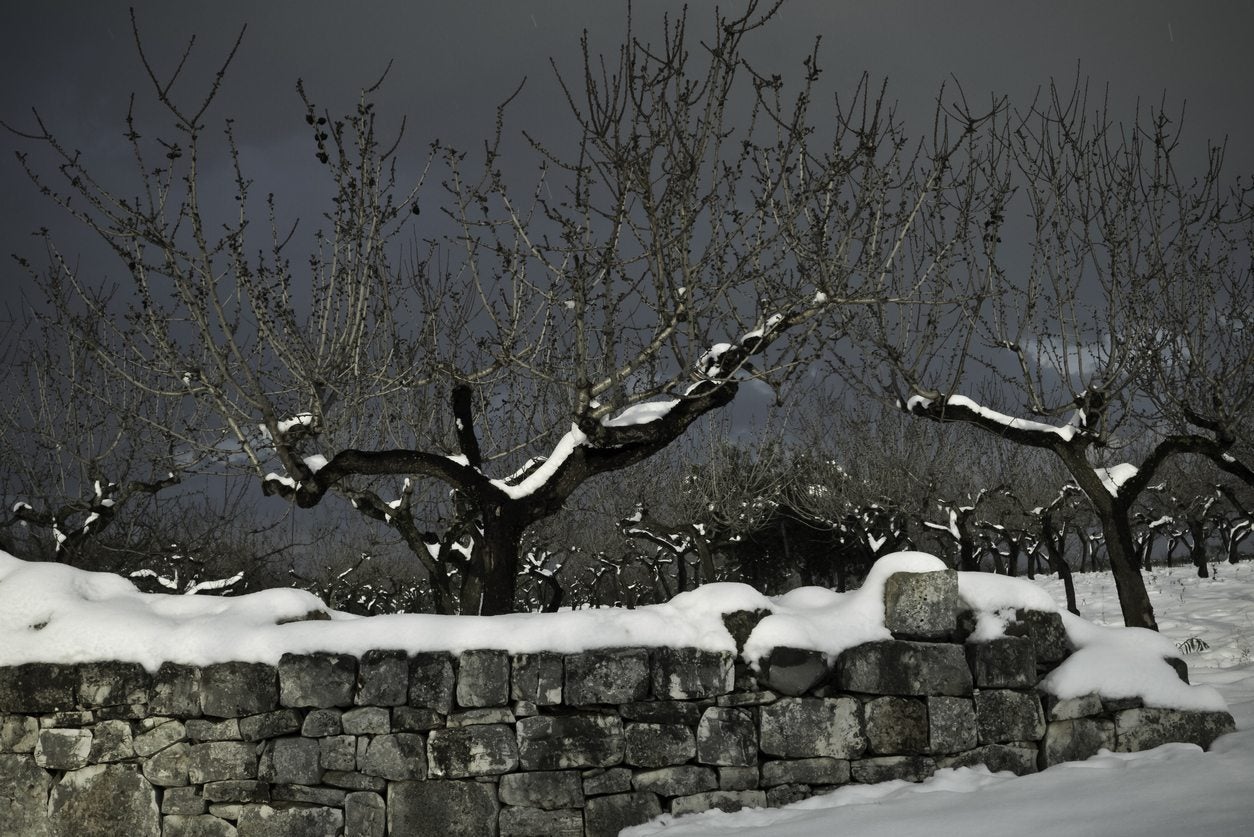 Almond Winter Care – What To Do With Almonds In Winter
Almond Winter Care – What To Do With Almonds In WinterWith early blooms in mild climates, almond trees are making their way into the landscape, providing homeowners with early spring blooms, healthy nuts and an attractive landscape plant. Click this article for tips on what to do with almonds in the winter.
By Darcy Larum
-
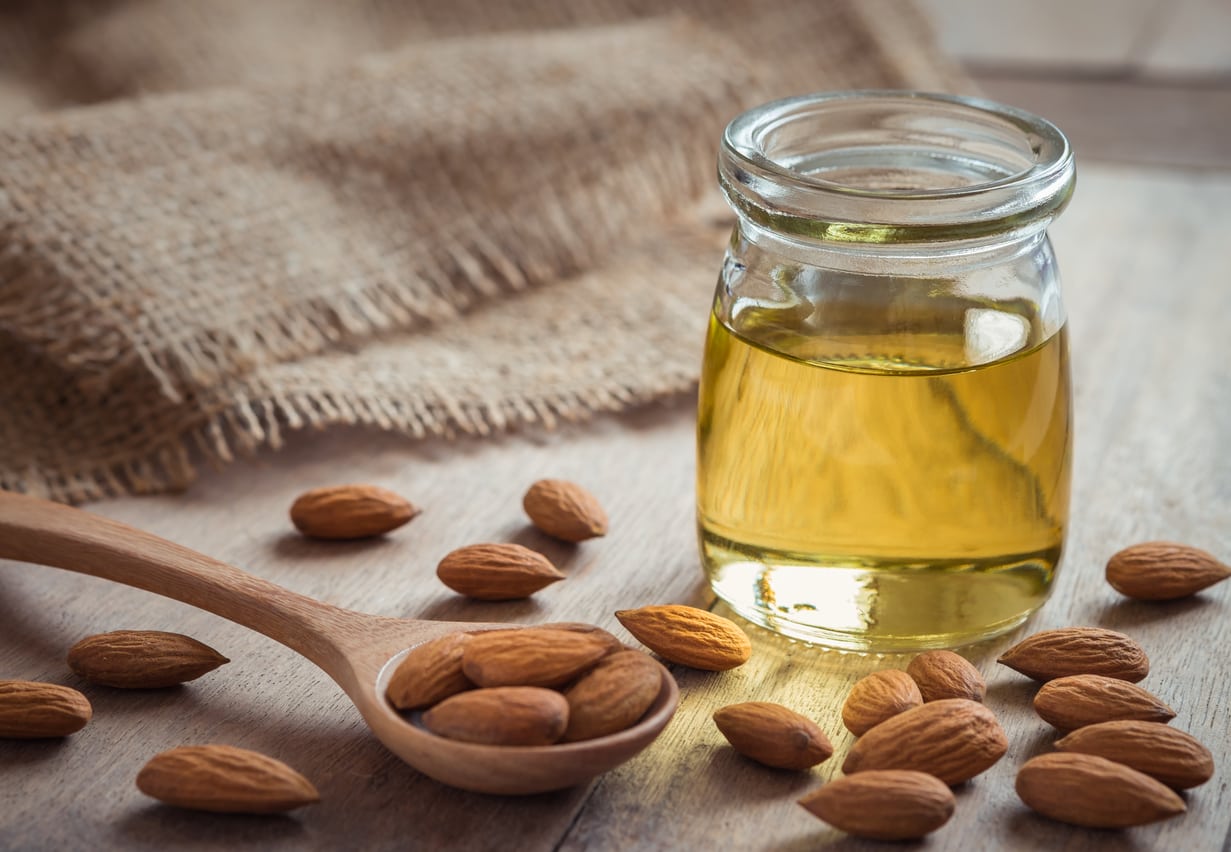 Almond Oil Information: Tips For Using Almond Oil
Almond Oil Information: Tips For Using Almond OilAlmond oil is nothing new. But exactly what is almond oil and how do you use it? The following article contains almond oil information. Learn about the uses of almond oil and more. Click here to learn more.
By Amy Grant
-
What Is Hull Rot: Learn How To Avoid Rotting Nut Hulls
Almond hull rot is a fungal disease that affects the hulls of nuts on almond trees. It can cause big losses in almond farming, and the occasional backyard tree. Understanding basic identifying factors can help you manage this disease. Learn more in this article.
By Mary Ellen Ellis
-
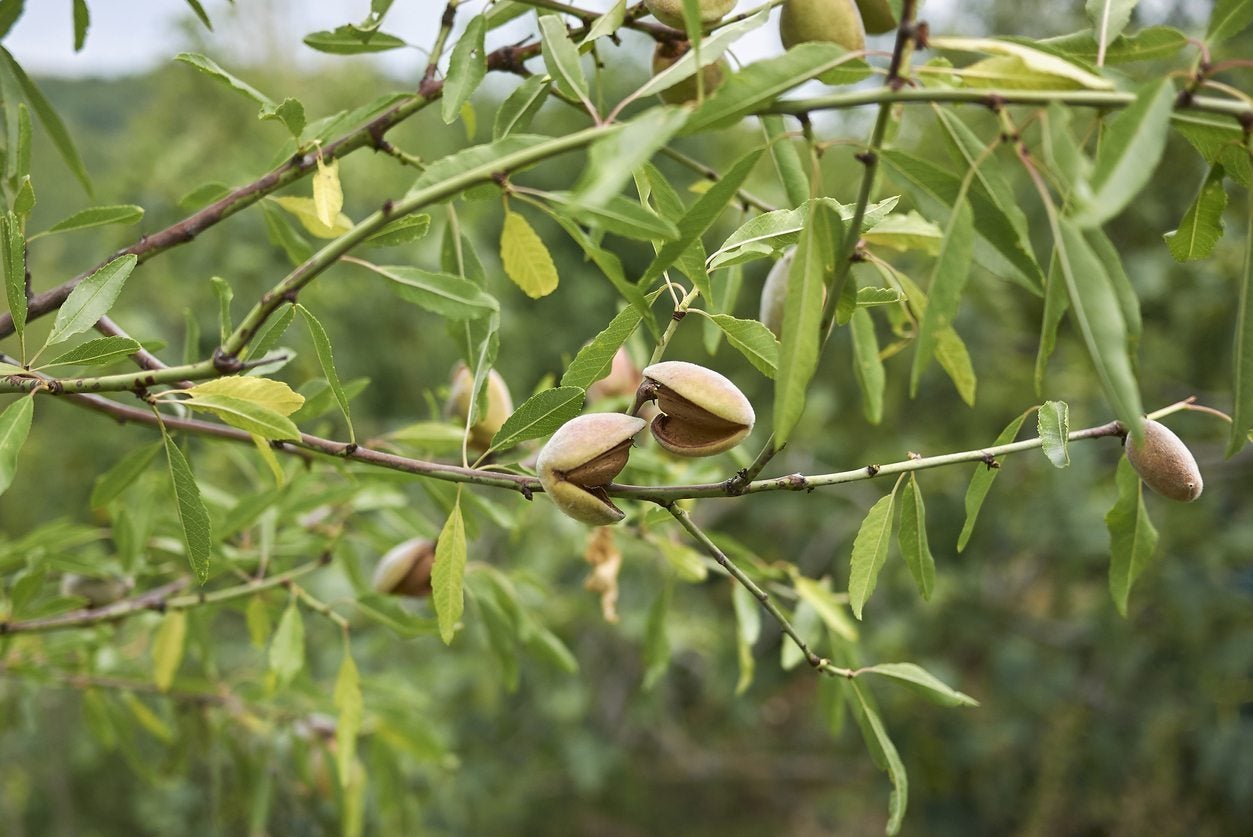 Can You Grow Almonds From Cuttings – How To Take Almond Cuttings
Can You Grow Almonds From Cuttings – How To Take Almond CuttingsAlmonds are usually propagated by budding or grafting. How about rooting almond cuttings? Can you grow almonds from cuttings? Find out how to take almond cuttings and other information about propagating almonds from cuttings in this article.
By Amy Grant
-
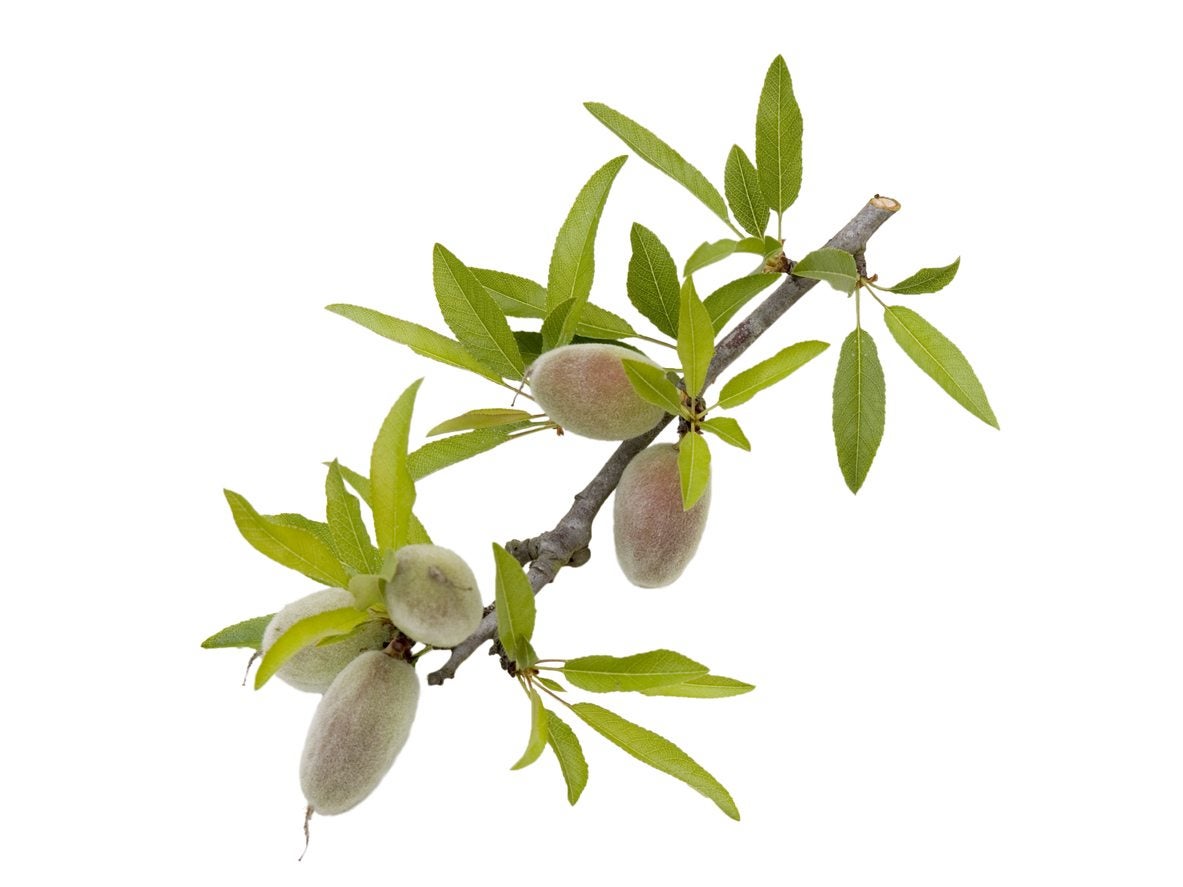 Almond Propagation Methods: Tips On Propagating Almond Trees
Almond Propagation Methods: Tips On Propagating Almond TreesAlmond trees have become a popular nut tree for home gardens around the world. They can be purchased from garden centers and nurseries, or propagated at home from an existing almond tree. Click here to learn how to propagate an almond tree.
By Darcy Larum
-
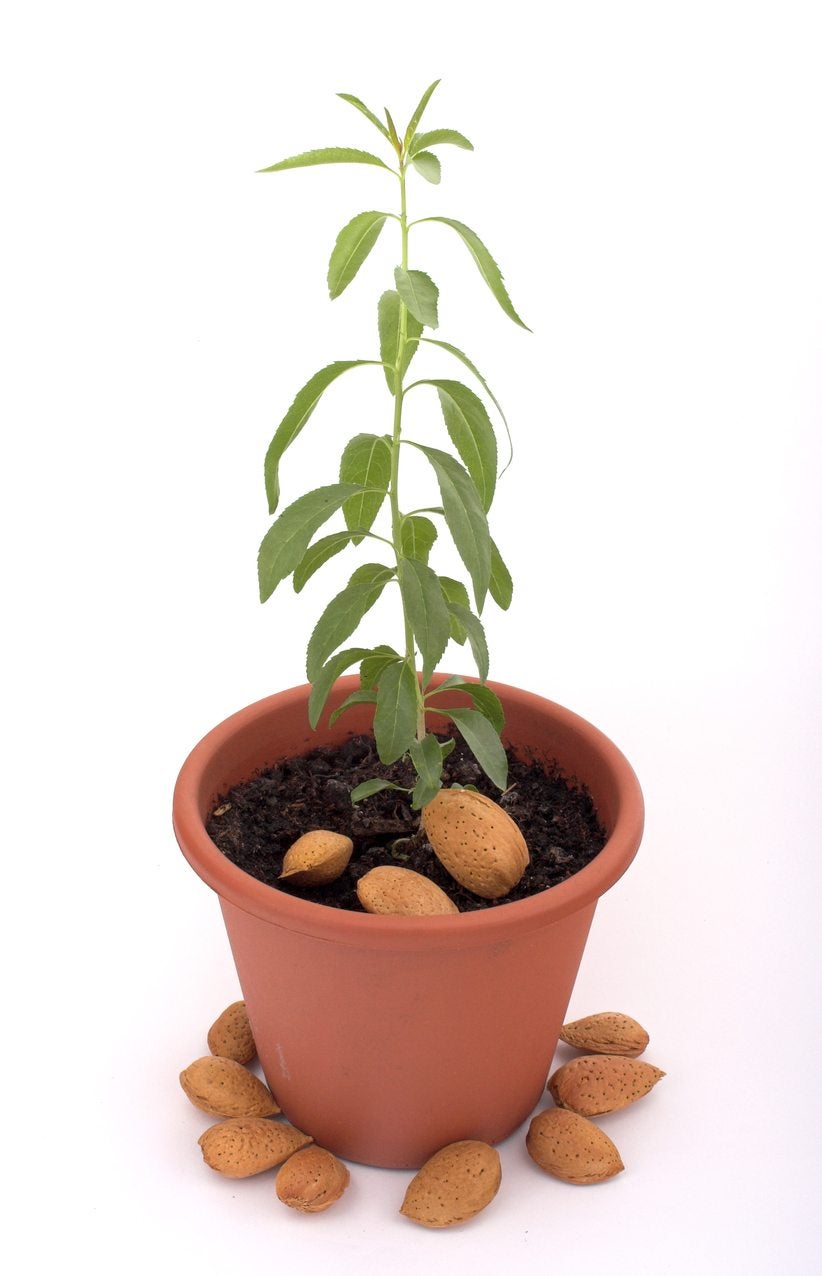 Planting Almond Nuts – How To Grow An Almond From Seed
Planting Almond Nuts – How To Grow An Almond From SeedAlthough almond germination does take a little know how, propagating your own seed grown almond trees is definitely a fun project for the novice or avid home gardener. Click on the following article to find out how to grow an almond from seed.
By Amy Grant
-
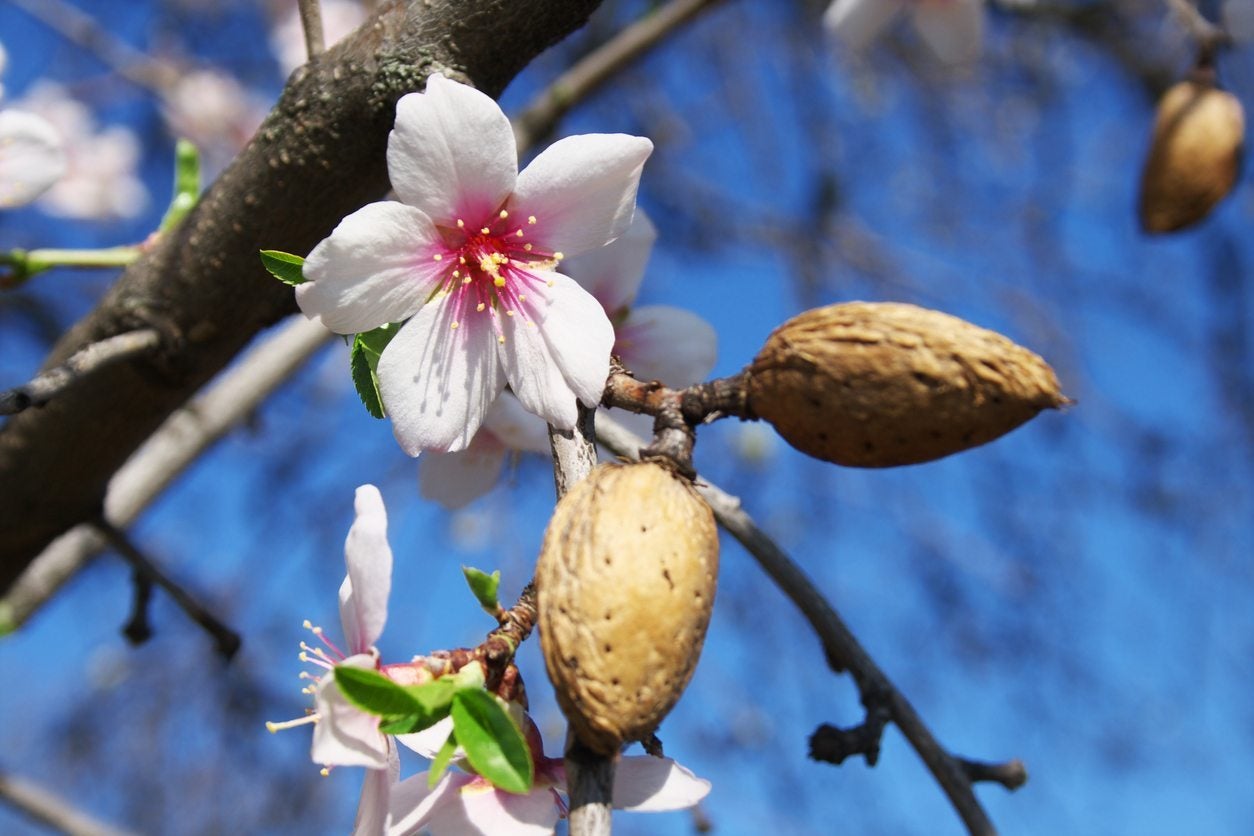 Almond Pest Control – Recognizing Almond Tree Pest Symptoms
Almond Pest Control – Recognizing Almond Tree Pest SymptomsUnfortunately, humans aren?t the only ones that enjoy almonds; there are lots of bugs that eat almonds, or the tree?s foliage. When treating pests on almond trees, it?s important to recognize almond tree pest symptoms. The following article can help with that.
By Amy Grant
-
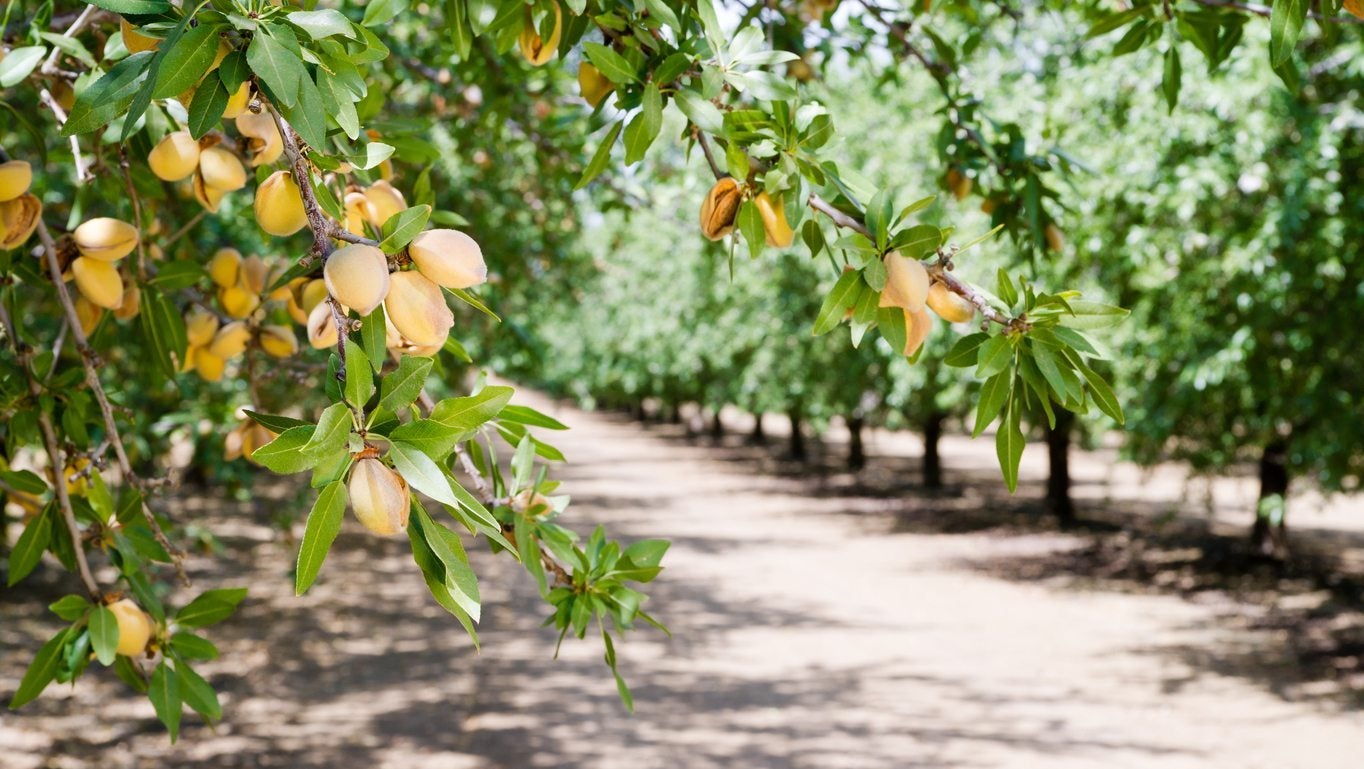 Almond Tree Cultivars: What Are The Best Varieties Of Almond
Almond Tree Cultivars: What Are The Best Varieties Of AlmondIf you are planting almond trees, you will have to select among many different almond trees and almond tree cultivars. Your choice will have to take into account a variety of factors. Click this article for information about types of almond trees.
By Teo Spengler